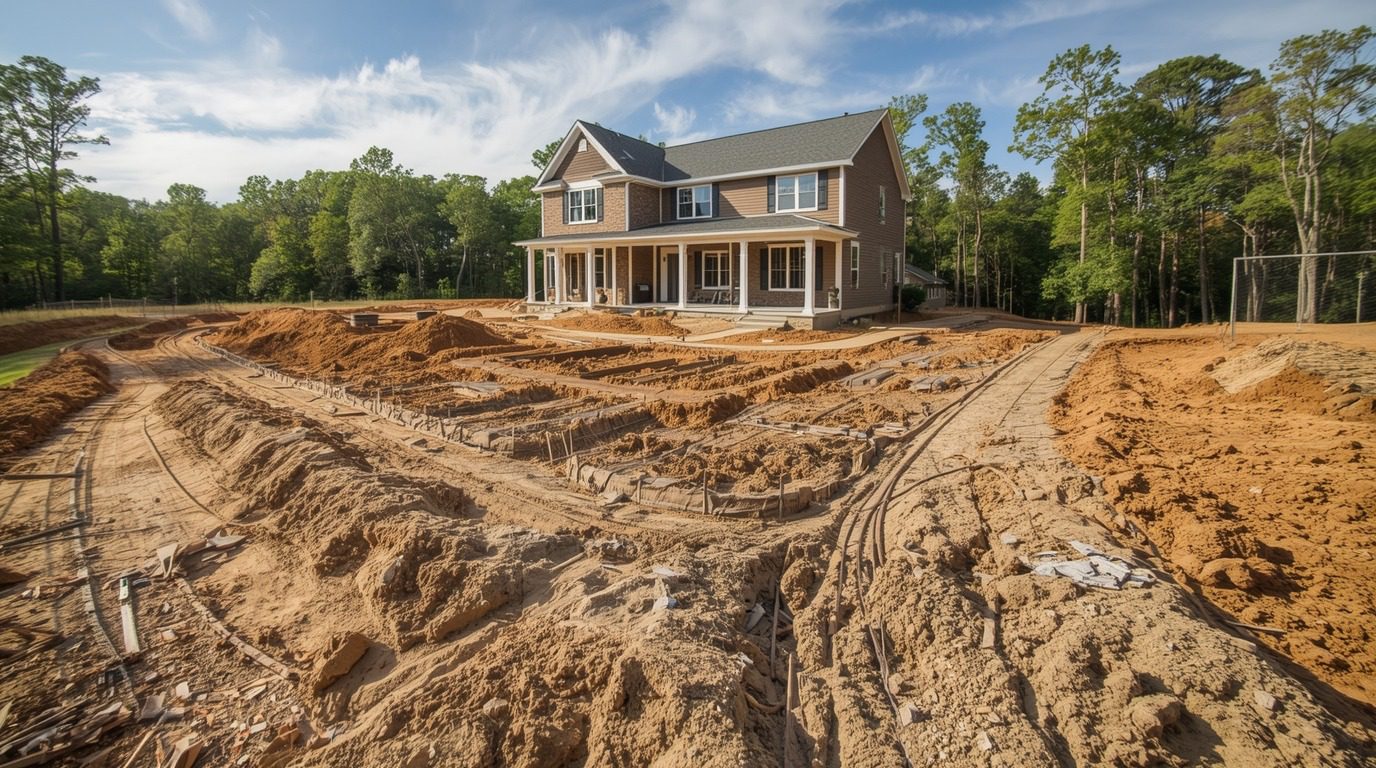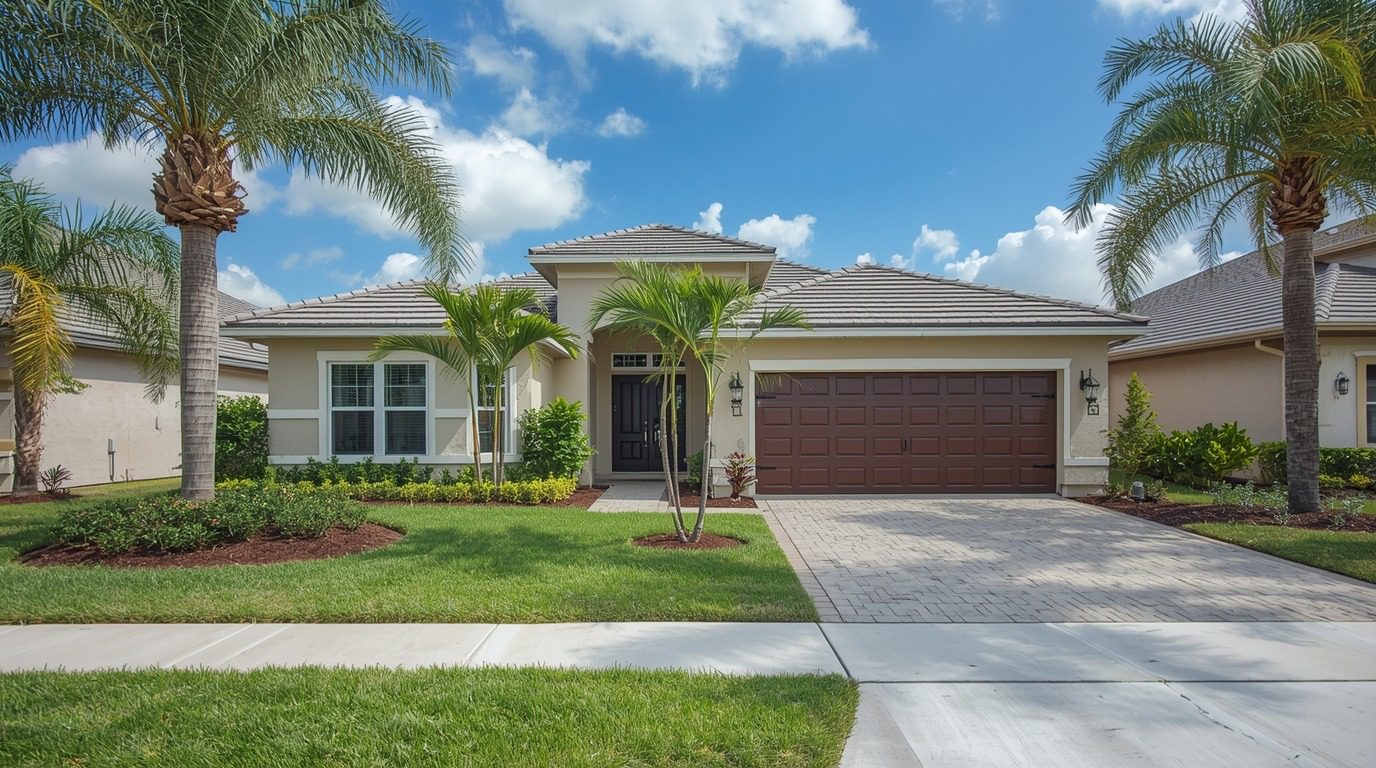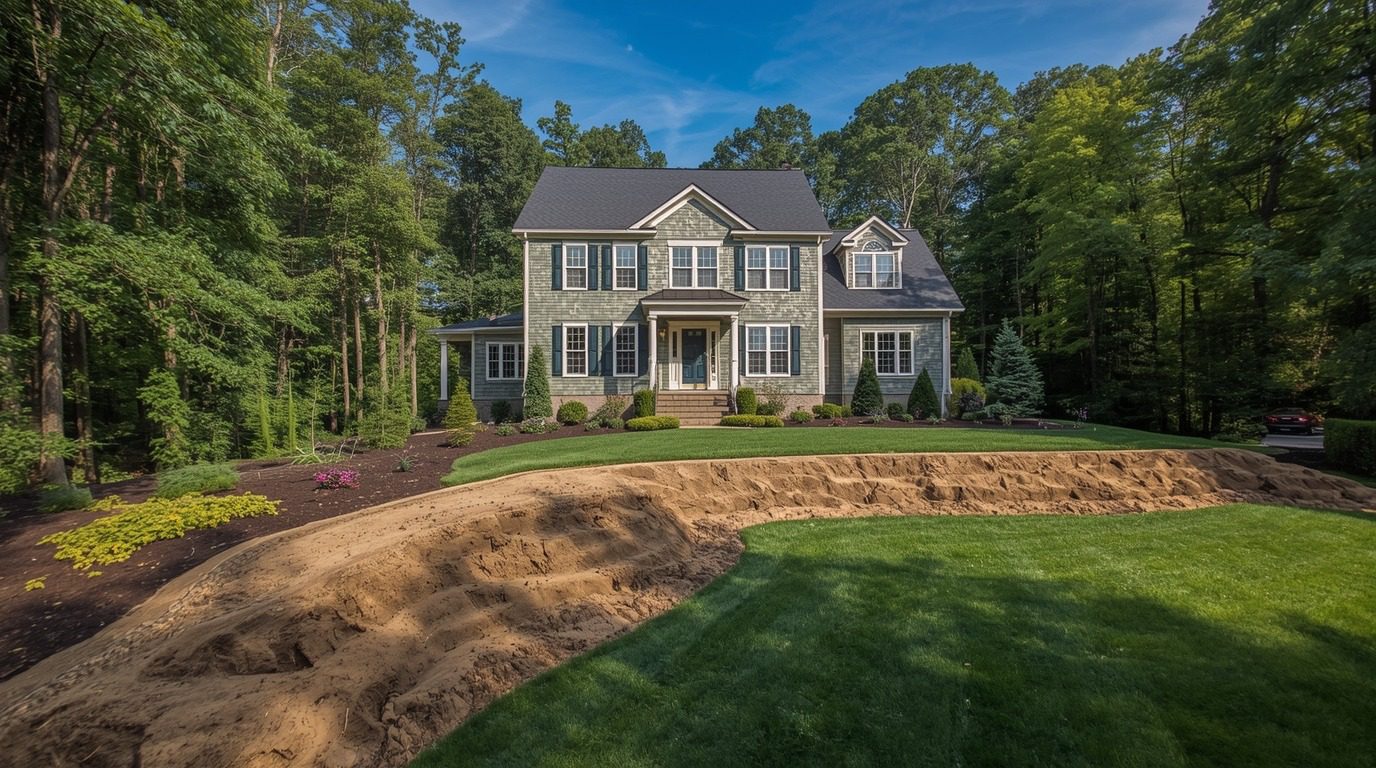Civil work is everything that happens before and around the house itself. It shapes the land, moves water away, brings utilities in, and creates a stable base for the structure. Think surveys, grading and drainage, erosion control, driveways and culverts, utility connections, foundations, and retaining walls—plus the permits and inspections that tie it all together. Done well, civil work protects your home, your yard, and your budget. Done poorly, it leads to cracks, pooling water, and repair bills.
If you’re planning a new build or a major addition—and you’re in Orlando, Florida—you’ll quickly see why many homeowners search for civil engineering firms near me to handle grading plans, stormwater, and permitting. Local rules and soils matter, and seasoned civil engineers keep your project compliant and on schedule.

What “civil work” covers on a residential lot
Site preparation & grading. Site prep clears vegetation, adjusts elevations, and sets the pad. Grading reshapes the ground so rain flows away from the house, not toward it. It’s about slope, contours, and smooth transitions, and it’s one of the most important steps for protecting foundations.

Drainage & stormwater. Swales, catch basins, yard drains, and correctly sloped soil move runoff to approved outlets. In many subdivisions, you’ll also see retention ponds and swales sized by permit—don’t fill or regrade them casually; it can flood your yard and the neighbor’s.
Erosion and sediment control. Silt fence, inlet protection, and stabilized construction entrances keep muddy water on site during construction and heavy storms. These are common permit requirements and help keep streets and lakes clean.
Utilities and access. Trenching for water, sewer (or septic), electric, gas, and data happens during civil work, along with driveway layout and culvert sizing if you cross a roadside ditch.
Foundations and soil support. Footings transfer loads to the soil. Two big ideas rule here: local code and soil bearing capacity. Codes set footing depth (often below frost depth) and require bearing on firm, undisturbed soil. Bearing capacity—the strength of your soil—comes from geotechnical testing and drives footing size and type.
Retaining walls & site structures. Where lots step or drop, walls hold back soil. Good walls need drainage: weep holes, base drains, and sloped backfill to relieve water pressure—skip the drainage and the wall will lean or fail.
Why local rules (and local pros) matter—especially in Orlando
Every city has its own checklist. In Orlando, a residential submittal usually includes a topographic survey, site plan, grading plan, and erosion control sheets. Submittals without those basics often get bounced before review, which delays start dates and contractors. A local civil engineer knows the packet, the reviewers, and typical turnaround—speed you feel in the schedule.

Florida also treats stormwater seriously. Neighborhood swales and ponds are part of permitted systems sized for a certain volume. Regrading a backyard or filling a swale can upset that balance fast. When you’re setting finished floor elevations or choosing materials, a local engineer weighs rainfall intensity, sandy soils, and flat grades that don’t forgive mistakes.
The homeowner view: decisions that pay off
Ask for a grading plan you can read. A simple diagram with arrows for flow and spot elevations around the house (corners, AC pad, walks) helps everyone—from the dozer operator to the landscape crew—follow the same intent. It also documents why water moves where it does.

Protect the bearing soil. Once the pad is compacted, keep heavy traffic and rain rutting off it. Building on disturbed, soft, or saturated soil leads to settlement and cracks. If your lot was cut and filled, a small geotechnical report is money well spent.
Think drainage with every hardscape. Patios, pool decks, and wide driveways change runoff patterns. Add a yard drain or a shallow swale on paper now instead of retrofitting a sump pump later. Swales and planted areas slow and clean runoff before it reaches ponds and lakes.
Treat retaining walls as engineered structures. Anything over a couple of feet tall (or supporting a surcharge like a driveway) deserves design and permits. Specify drain rock, fabric, base drains, and weep holes. Your landscaper may build it; your engineer makes sure it lasts.
Quick reference: civil work elements at a glance
| Element | What it does | Homeowner wins |
|---|---|---|
| Grading & pad | Shapes land; sets slopes | Dry foundation, fewer callbacks |
| Drainage features | Moves water to safe outlets | No ponding, healthier lawn |
| Erosion controls | Keeps mud on site | Clean streets, compliant permit |
| Footings & soil | Transfers load safely | Fewer cracks/settlement |
| Retaining walls | Holds grade changes | Stable yards, usable space |
Frequently Asked Questions
What is civil work in construction for a home?
All the non-building tasks that prepare and protect the site: surveys, grading and drainage, erosion control, utilities, foundations, driveways/culverts, and retaining walls—plus the permits that regulate them.
Why is grading so important?
Proper grading directs stormwater away from the foundation and prevents erosion and settlement—top reasons homes stay dry and stable.
Do I need a civil engineer for a single house?
If you’re altering grades, adding a pool or wall, or building in a city with stormwater rules (like Orlando), a civil engineer saves time by creating permit-ready plans and avoiding rework.
What’s soil bearing capacity and why should I care?
It’s how much load your soil can support. Foundations sized to measured bearing capacity resist settlement and cracking.
How should a retaining wall drain?
With base drains and weep holes to relieve water pressure behind the wall; without drainage, walls can lean or fail.

